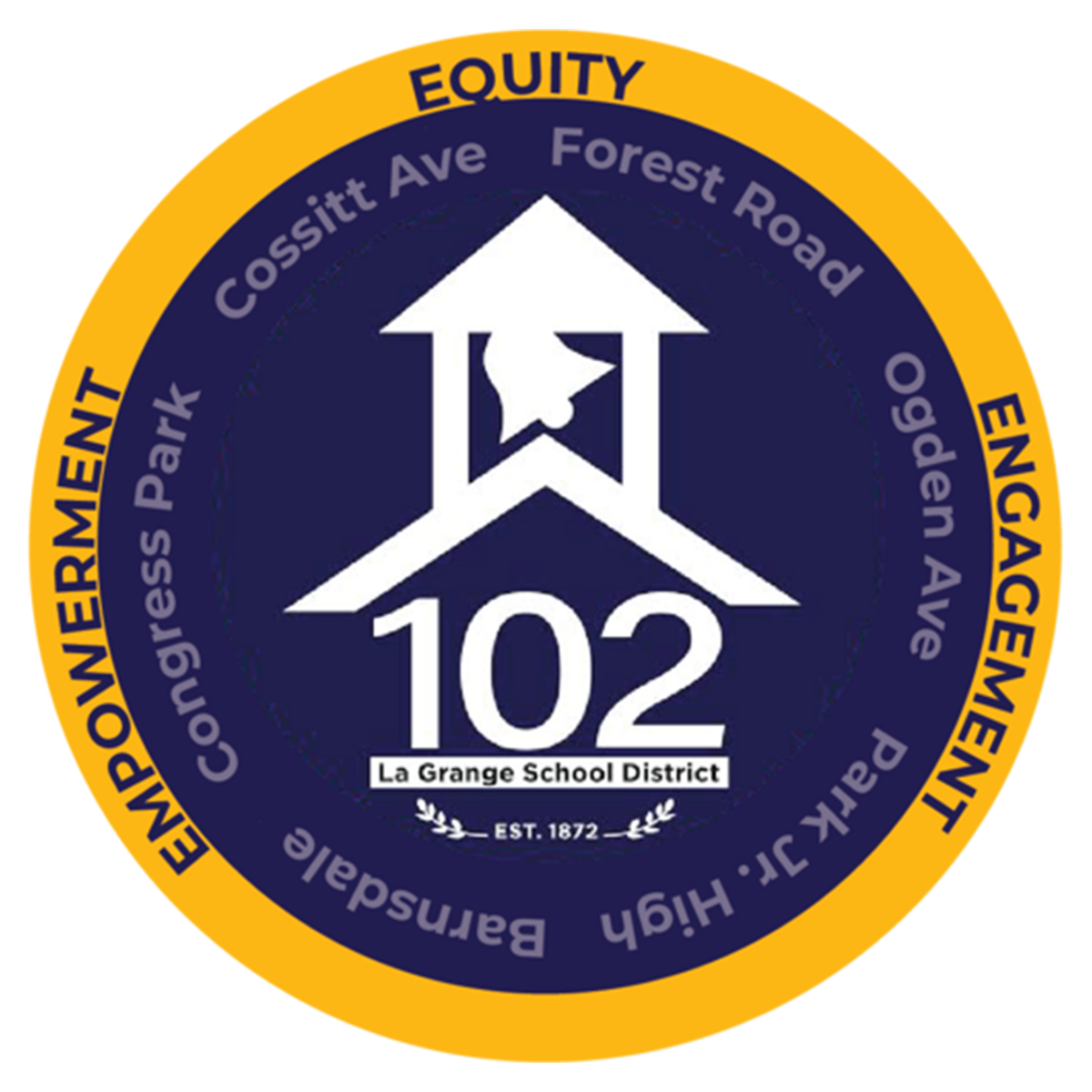Teachers in D102 use a variety of structures and strategies designed to help every student feel known and welcome at school, in essence, to feel that they belong. We recognize that all learning is social and emotional and that relationships form the foundation for learning.
Homeroom and Advisory
All students are organized into a home base where intentional time is spent building relationships with and among students. In PreK-6th grade, this is typically called a homeroom; while at Park, it is referred to as advisory. During these periods, students spend intentional time both celebrating commonalities and honoring differences among them. The time spent engaging in these community-building activities starts at the beginning of the year, with simple get-to-know-you icebreakers, and extends throughout the year in order to grow and maintain healthy relationships.
Content Classes
We want students to feel as though they belong in all classes, not just their homeroom. As a result, teachers make a concerted effort to learn and use students’ names and to greet every child every day. During academic classes, teachers often group students into partnerships and small groups, or use a circle formation for a discussion to ensure that all voices are heard and honored. They try to help students see the relevancy of the topic they are studying and grow students’ identity as readers, mathematicians, artists, and so on. Teachers also use a variety of texts and visuals so that students can learn about people that they identify with as well as people who are different from them.
Extracurricular Activities
Schools also offer a variety of extracurricular activities and clubs. These, too, help students build relationships with other students and help to foster a sense of belonging.

